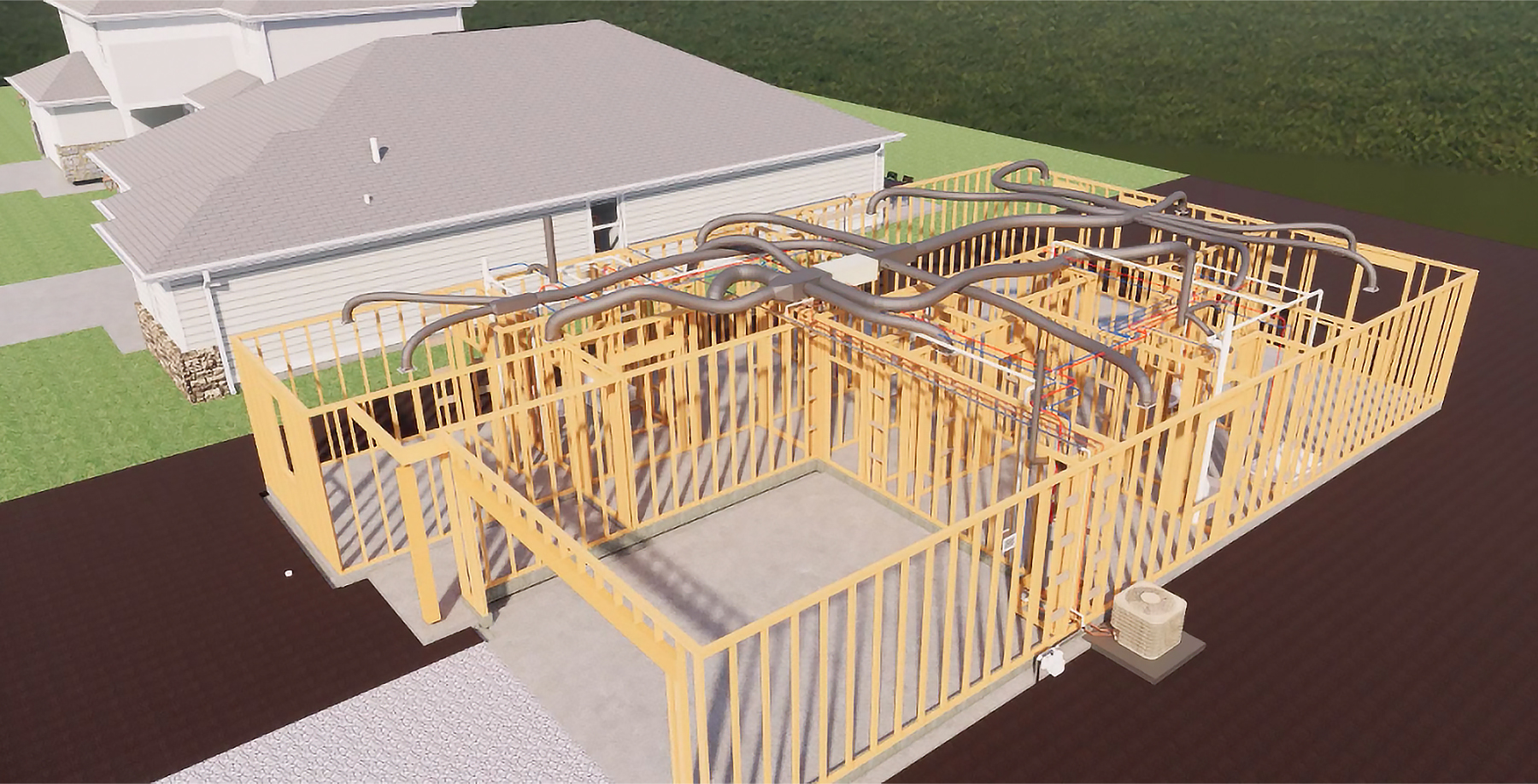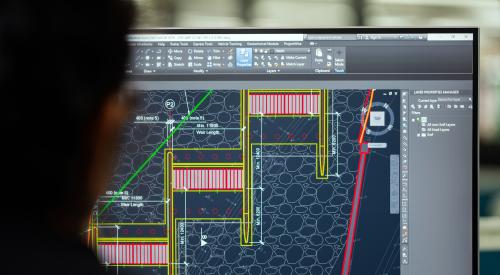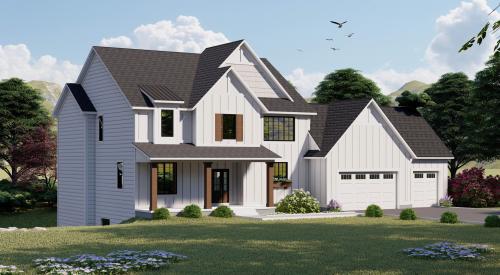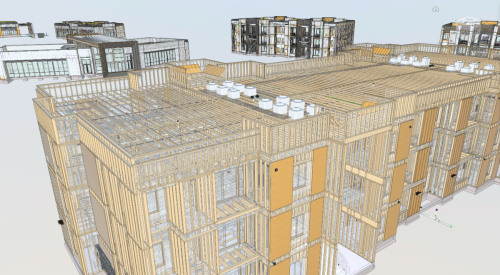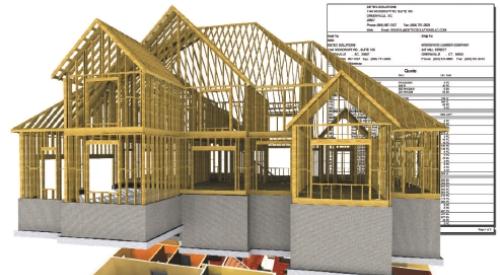Today, Autodesk, Inc. announced a suite of new capabilities across Autodesk Construction Cloud, making it easier for construction project teams to use and maximize the value of BIM from the office to the field. The enhancements provide all stakeholders with immediate access to model data and information that’s relevant, empowering team members to simplify workflows and make critical decisions faster.
Also announced are significant advancements to Schedule and Cost Management capabilities within Autodesk Build, the comprehensive construction management and field collaboration solution of Autodesk Construction Cloud, aimed at helping customers deliver construction projects on time and on budget.
"To stay in command of increasingly complex and demanding construction projects, we need to ensure teams can work from the latest information and quickly make informed decisions," said James Mize, VDC and digital delivery specialist at CRB Group. "The model is a great source of truth during design and planning, but data isn’t easily transferred to construction teams during the build phase of a project."
BIM MODEL DATA MADE EASIER
With the new model-based capabilities added to Autodesk Construction Cloud, users can use live Revit data to create assets, tie model properties directly to the assets, and view all the information they need in either 2D or 3D. "We’re now able to take full advantage of model data to save time across all projects, minimize miscommunication and make smarter business decisions," says Mize.
With the new advancements launched across Autodesk Construction Cloud today, construction teams can get immediate access to and work more easily with BIM data, empowering stakeholders to use model data to identify potential project impacts, operate more efficiently, and make better decisions.
- Model-Based Workflows in Assets. Assets in Autodesk Build are now mapped and visualized in 3D using the latest design model, providing field teams with up-to-date asset tracking and equipment details. This simple automation helps to prevent errors associated with outdated model data and makes it easier to connect assets to RFIs, Submittals, Issues, Schedule, and other workflows.
- Model Property Breakdown. Massive design files can now be parsed out into more digestible portions by creating custom views of model properties that are relevant to that day’s work. Now, customers can simply select or deselect elements including levels, property categories, rooms, disciplines, objects, or a custom property, to create a more readily and easily shareable view of the model. Model Property Breakdown will be available in Autodesk Build, Autodesk BIM Collaborate and Autodesk Docs. Read more and watch a video about this new feature on Autodesk's blog.
- Publish to the Field. VDC teams in Autodesk BIM Collaborate can create and share ad hoc views and sign-off models with field stakeholders using a mobile device, all without leaving Autodesk BIM Collaborate. Paired with Model Property Breakdown, these tools remove manual steps, simplify model data for the field, and save time for the entire project. Publish to the Field is currently in open beta.
- Extended File Support for Mobile. Now customers can use their mobile app at the jobsite to navigate and interact with an expanded list of supported 2D and 3D design file types, including DWGs and 2D RVTs.
- Reality Capture in Autodesk Construction Cloud. Files from reality capture such as laser scans or photogrammetry can now be brought directly into Autodesk Construction Cloud, enabling VDC teams to record precise measurements, aggregate with other models, identify and resolve issues, take progress snapshots, and provide comprehensive closeout documentation. For example, using reality capture methods like laser scanning or photogrammetry, project teams can create and work with 3D models of existing structures, such as for new builds with existing facades or capturing existing conditions for infrastructure projects, all within Autodesk Construction Cloud.
However, while design files are packed to the brim with essential data, each project stakeholder needs something different from the model, according to Ilai Rotbaein, senior director, research and development, Autodesk Construction Solutions.
"The advancements we’re announcing make it easier to access model data, removing unnecessary steps and ensuring the latest information is directly in the hands of those who need it, whether they’re in the office, the trailer or out in the field," says Rotbaein. "Autodesk is empowering our customers to truly connect design to construction and drive tight collaboration across the entire project lifecycle."
In the 18 months since Autodesk Build was released, Autodesk Construction Cloud customers have created more than 50,000 projects in the construction management and field collaboration solution—up from 8,000 in July 2021. There have also been more than 300 improvements made to Autodesk Construction Cloud products in the last year to bolster performance, simplify workflow configurations, and make data access easier.
About Autodesk
Autodesk is changing how the world is designed and made. Our technology spans architecture, engineering, construction, product design, manufacturing, media and entertainment, empowering innovators everywhere to solve challenges big and small. From greener buildings to smarter products to more mesmerizing blockbusters, Autodesk software helps our customers to design and make a better world for all. For more information visit autodesk.com or follow @autodesk.


